Seeing a check engine light with no codes on your Jeep Wrangler can be puzzling. Common reasons include a loose gas cap or a minor glitch in the system. Sometimes, the onboard code reader misses certain codes.
For a quick fix, try tightening your gas cap. If that doesn’t work, head to a chain auto parts store. Places like AutoZone can read the codes for free.
They use specialized scan tools that catch what your onboard reader might miss.
Let’s learn more.
Common Causes of Jeep Wrangler Check Engine Lights with No Codes
In this guide, we’ll explore the common reasons behind this scenario and how to address it.
Faulty Sensors
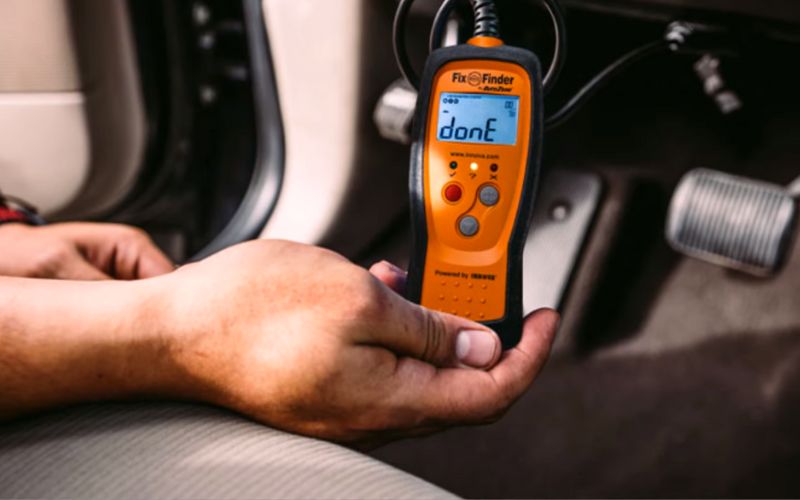
Faulty sensors can be a hidden culprit when your check engine light is on but no codes show up.
Sensors like the oxygen sensor or the mass airflow sensor may malfunction. When they do, they can send incorrect data to the car’s computer. This can trigger the check engine light without generating a specific code.
Symptoms
- Poor fuel economy
- Engine stalling or misfiring
- Reduced engine power
- Unusual smells from the exhaust
Cause
The sensors can become faulty due to wear and tear. Dirt and oil can also corrupt the sensor. Sometimes, a poor electrical connection can cause the sensor to malfunction.
Step-by-Step Troubleshooting Guide
- Identify the Sensor: Use a specialized scan tool to pinpoint which sensor is acting up.
- Inspect the Sensor: Turn off the engine. Locate the sensor and check for physical damage or dirt.
- Clean the Sensor: Use a sensor cleaner to remove any dirt or grime.
- Check Wiring: Inspect the electrical connections. Make sure they are secure.
- Replace if Needed: If the sensor is damaged, replace it.
- Reset Check Engine Light: Use the scan tool to reset the check engine light.
- Test Drive: Take a short drive to see if the check engine light comes back on.
By following these steps, you can tackle the issue head-on. Keep your Jeep running smooth and worry-free.
Loose Gas Cap

A loose gas cap might seem like a small issue, but it can cause big problems. It can trigger the check engine light to come on.
Yet, it might not generate a specific code. The gas cap seals the fuel system and helps maintain pressure. A loose cap can disrupt this balance.
Symptoms
- Fuel smell around the car
- Decreased fuel efficiency
- Check the engine light on
Cause
The main cause is human error. Maybe you forgot to tighten the gas cap the last time you filled up. Over time, the cap’s seal can also wear out.
Step-by-Step Troubleshooting Guide
- Check the Gas Cap: Open the fuel door and inspect the gas cap.
- Tighten the Cap: Turn it until you hear a click.
- Inspect the Seal: Look for cracks in the rubber seal.
- Replace if Needed: If the seal is damaged, get a new gas cap.
- Reset Check Engine Light: Disconnect the battery for a few minutes or use a scan tool.
- Test Drive: Take your car for a spin to see if the light stays off.
Onboard Code Reader Issue
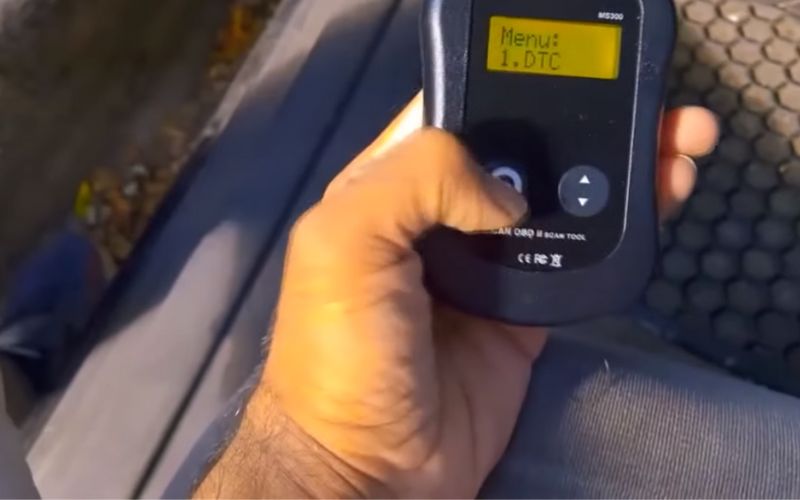
Sometimes the check engine light comes on, but no codes show up. This can happen due to an issue with the onboard code reader itself.
The reader may not be able to access or display the codes. This can make diagnosing the problem tricky.
Symptoms
- Check engine light on
- No codes displayed
- Inconsistent readings from different scan tools
Cause
The main cause is often a software glitch or hardware failure in the onboard code reader. It might not be compatible with all types of scan tools.
Step-by-Step Troubleshooting Guide
- Use a Different Scan Tool: Try a different scan tool to read the codes.
- Check Connections: Make sure the OBD-II port and scan tool are properly connected.
- Update Software: If possible, update the software of your onboard code reader.
- Consult a Mechanic: If the issue persists, consult a professional for a thorough diagnostic test.
- Check for Recalls: Sometimes manufacturers issue recalls for faulty onboard systems. Check if your vehicle is affected.
Evaporative Emissions System (EVAP) Problems
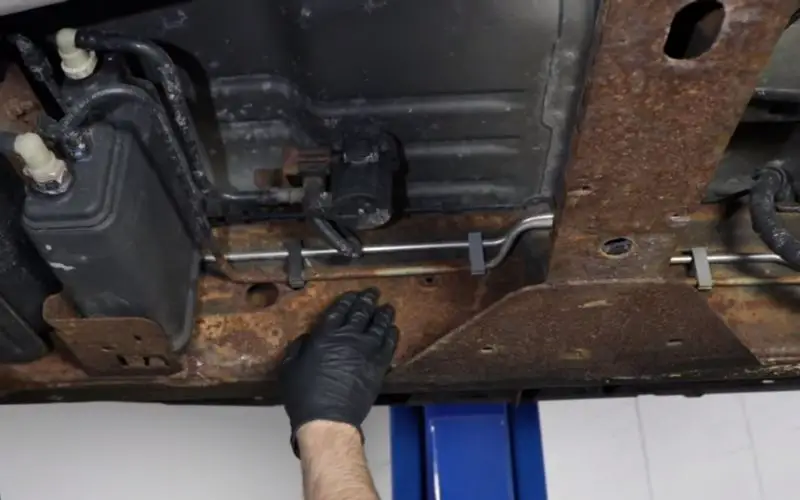
This can be due to issues with the Evaporative Emissions System (EVAP). The EVAP system helps control fuel vapors from your vehicle. When it has a problem, it may not always trigger a code.
Symptoms
- Check engine light on
- Fuel smell near the car
- Poor fuel efficiency
- Difficulty starting the engine
Cause
The main cause is often a leak in the EVAP system. This can be from a loose gas cap, damaged hoses, or faulty valves.
Step-by-Step Troubleshooting Guide
- Check Gas Cap: Make sure it’s tight. Replace if needed.
- Inspect Hoses: Look for cracks or damage in the EVAP hoses.
- Test Valves: Use a smoke machine to check for leaks around the valves.
- Scan Again: Use a different scan tool to check for hidden codes.
- See a Mechanic: If the problem persists, consult a professional for a detailed diagnosis.
By tackling these steps, you can get to the root of the issue. It’s better to act now than face bigger problems later.
Wiring and Electrical Issues
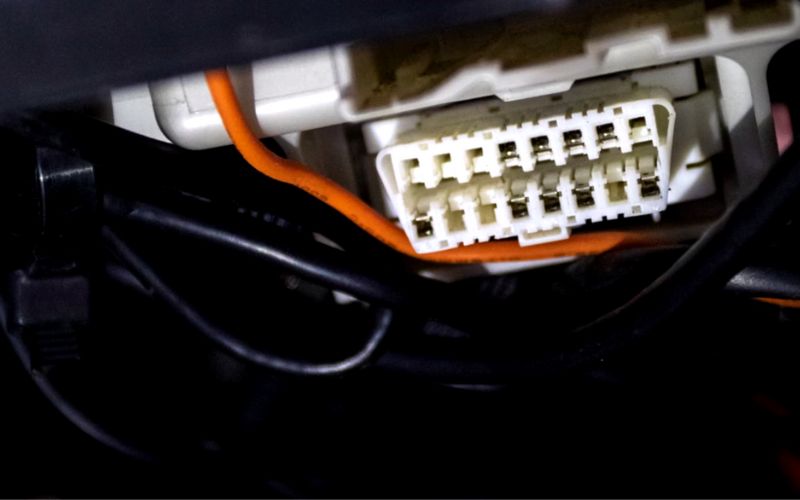
A check engine light with no codes can be puzzling. One common reason is wiring and electrical issues. Faulty wiring can disrupt the flow of electricity. This makes it hard for the car’s computer to read the problem.
Symptoms
- Flickering dashboard lights
- Car stalling or hesitating
- Battery draining quickly
- Inconsistent engine performance
Cause
The main cause is often damaged or frayed wiring. This can happen due to age, heat, or physical damage. Poor electrical connections can also be a culprit.
Step-by-Step Troubleshooting Guide
- Inspect Wiring: Check visible wires for damage or fraying.
- Check Connectors: Make sure all electrical connectors are secure.
- Use a Multimeter: Test for electrical continuity in the wires.
- Check Fuses: Inspect the fuses for any that are blown.
- Consult a Mechanic: If you can’t find the issue, it’s time to see a professional.
How to Take Preventive Measures?
- First, do regular checks on your wiring. Look for frayed or exposed wires.
- Next, keep your battery in good shape. A weak battery can cause electrical problems. Make sure the terminals are clean and tight.
- Now, let’s talk fuses. Keep a set of spare fuses in your car. You can replace a blown fuse on the go. It’s a quick fix that can save you time.
- Last but not least, get professional checks. A mechanic can spot issues you might miss. Regular inspections can catch problems early.
So, don’t wait for the check engine light to take action. Be proactive. It’s easier and often cheaper to prevent issues than to fix them.

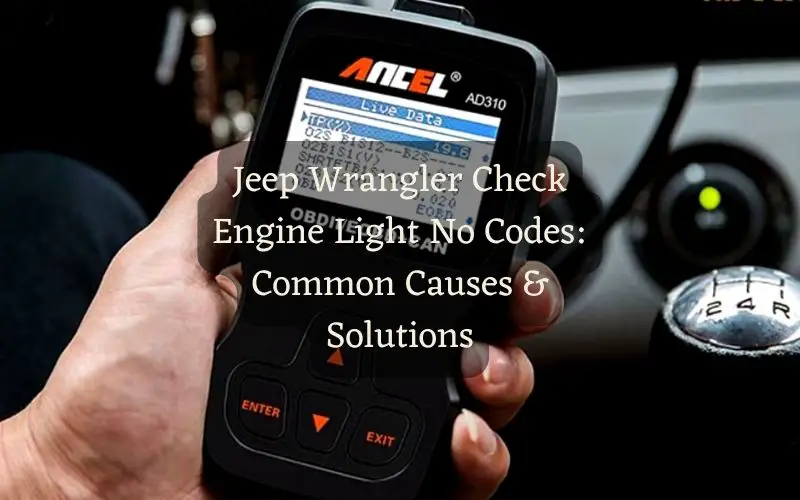
Leave a Reply